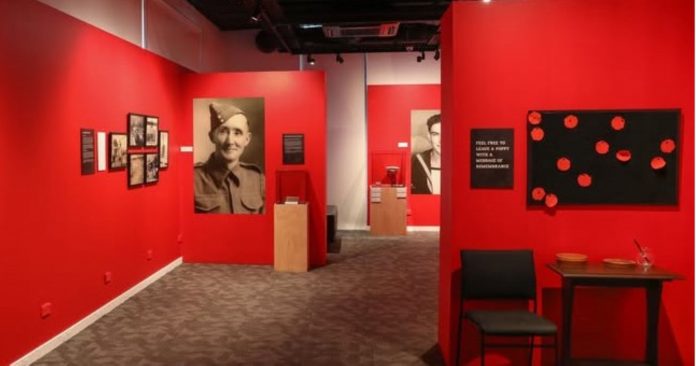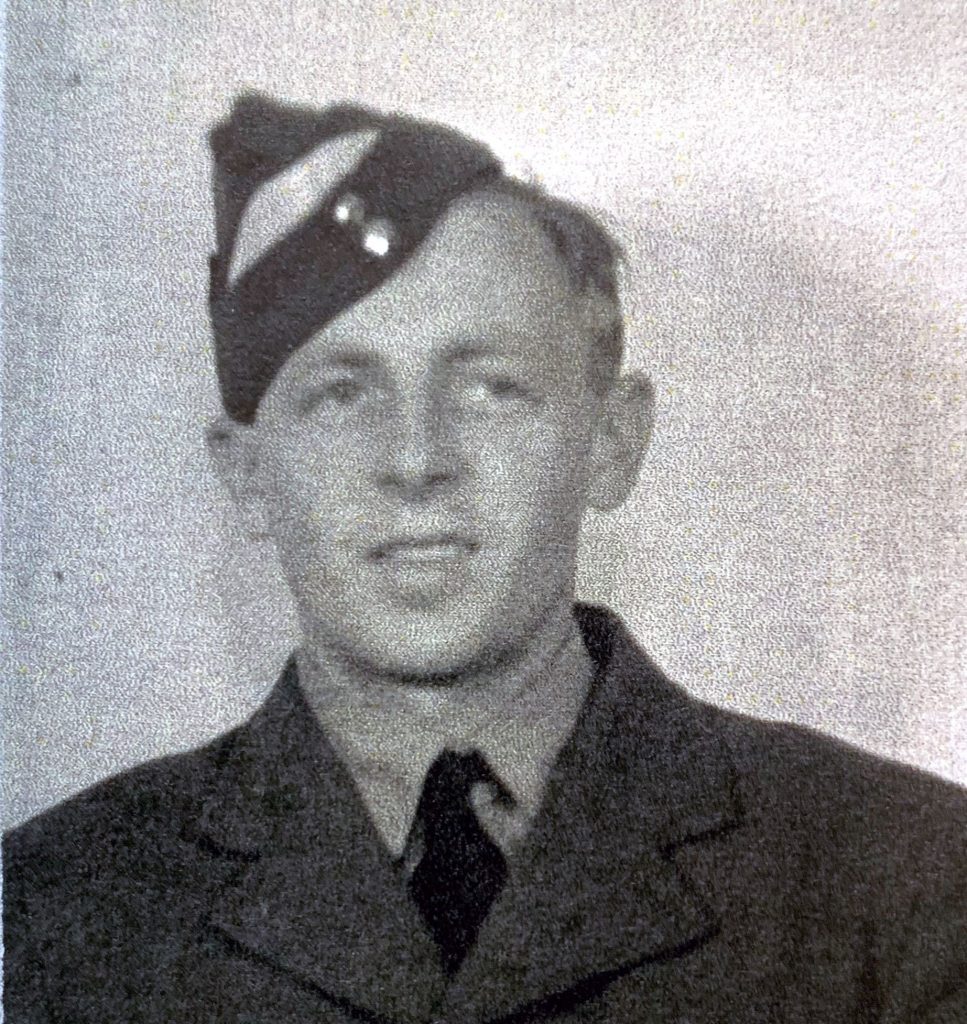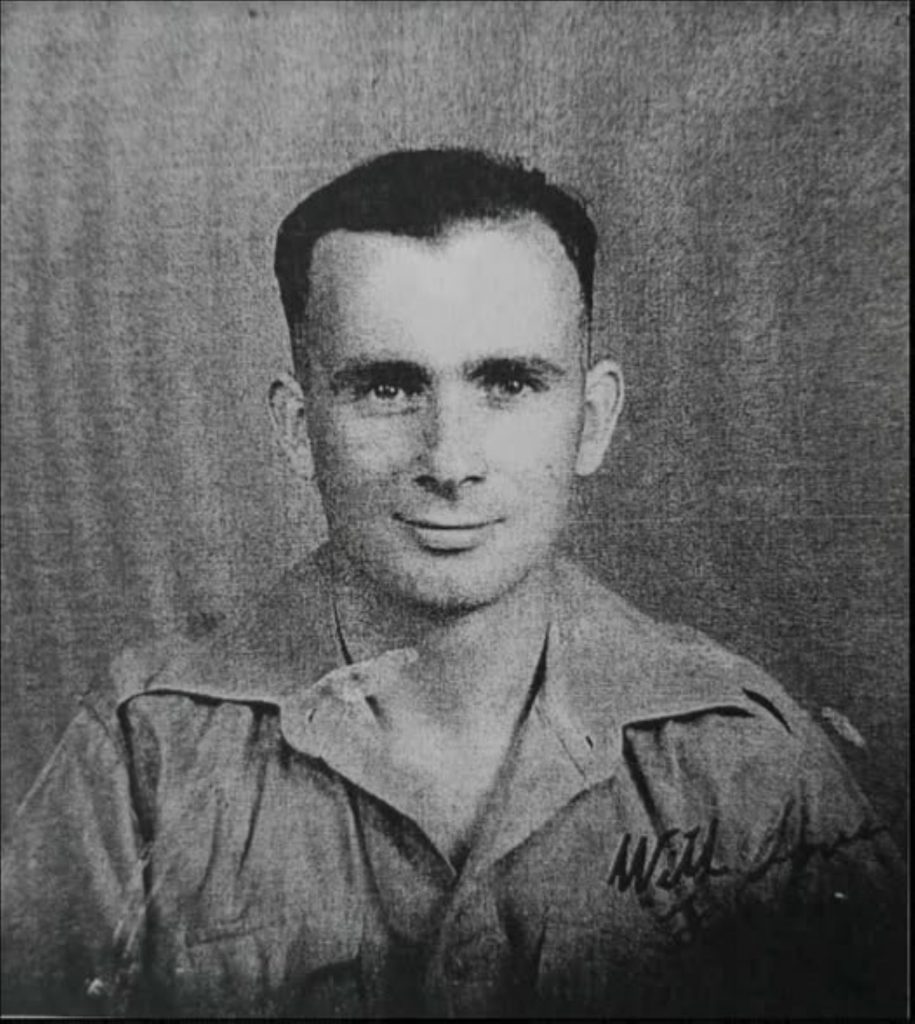
VE Day was a day of celebration for all those serving, their family and friends. For some it was a double celebration as loved ones were home from war or were coming home; families like those of Ashburton nurse Thyrza Margaret Whillans (nee Whiteside) and Ashburton sailor Mervyn James Beauvais who featured in The Ashburton Courier last week.
But for other families like those of Mid Canterbury soldier Clifford Campbell and airmen Ray Benjamin Ede it was a day of mixed emotions as their loves ones had died on foreign soils.
In this, the second of a two-part series, reporter Dellwyn Moylan talks to their families.
Cliff Campbell
Gunner Clifford Campbell’s life was cut short at just 22 years of age. Cliff, as he was known, was born in Ashburton on July 3, 1919 to Colin and Bessie Campbell (nee Mugford) of Ashburton.
He was their only son.
His father, 29, was from Nebraska in the United States of America and his mother, 23, from Waterton in Ashburton. The two met and married in Ashburton in 1918, but the relationship did not last.
When Cliff was seven his mother remarried.
Cliff’s paternal nephews and nieces suspect their parents knew nothing of Cliff’s existence; he was never mentioned by anyone in the family, nor acknowledged around Anzac Day, his niece said.


The family were grateful to the Ashburton Family History group who provided them with the first photo of their uncle, and Reon Blake who researched his story for The Foothills Fallen book.
Cliff’s schooling was at East Ashburton Primary School (now Hampstead School).
Then in 1932 the family moved to Anama where Cliff went to Anama School for one year as Cliff’s stepfather, Patrick Dwyer, worked for the Public Works Department (PWD) during the building of the Rangitata Diversion Race (RDR).
Unemployed in his late teens, he then found work as a labourer for the PWD on the RDR.
He enlisted with the Second New Zealand Expeditionary Force on April 9, 1940 at the age of 21.
He joined the 7th Anti-Tank Regiment, NZ Artillery as a gunner.
He completed his training at Papakura and sailed from Lyttelton on August 27, 1940 bound for Bombay and on to Suez.
While in Egypt he has a three week stay in hospital in 1941 after leaving hospital he was deployed to Operation Crusader, the planned offensive to lift the siege of Tobruk in the Western Desert in North Africa.
On November 9, 1941, Cliff’s mother Bessie died in Ashburton and 22 days later Cliff was killed in action near Acroma, Libya. He was buried at Knightsbridge War Cemetery, Libya.
He was posthumously awarded the 1939-45 Star, the War Medal 1939-45 and the NZ Service Medal.
Raymond Ede
Raymond Ede, 22, of Ashburton received the Distinguished Flying Cross, War Medal 1939-1945 and New Zealand War Service Medal for his service and supreme sacrifice.
Ray, the son of Eldrick and Eve Ede, was born on February 11, 1922.
His primary schooling was at Hampstead School then Ashburton Technical School. Ray was a talented artist and prolific poet, and interested in hockey, skating and shooting.
He started his air force career in Blenheim, then Rotorua before heading to Canada in 1942.
In 1943, he proceeded to No. 2 Air Observers’ School, Edmonton, Alberta, where he was awarded his air bomber’s badge and promoted to the rank of Sergeant in April.
In June, 1944 Ray was commissioned in the rank of Pilot Officer, then sent to the United Kingdom (UK).
On the night of August 25, 1944, there were 412 Lancaster bombers sent to raid the Opel Motors factory in Russelsheim, Germany; 17 aircraft were lost; eight New Zealanders died.
Ray was the air bomber aboard a Lancaster III of the 7 Squadron (Path Finder Force).
The aircraft crashed near Budenbach. Seven crew baled out and were taken prisoner, except for Ray, who was found deceased.
He was originally buried at Pliezenhausen, but later moved to the Commonwealth War Graves Commission cemetery at Rheinberg.
His niece, Rae Wilson said her grandmother, Eve, never accepted her son’s death and expected one day he would would through the door.
– The Land, Sea and Air exhibition at the Ashburton Museum continues until May 25 and tells the story of four Ashburton people who served in World War 2.



